Fire Damage Photo Gallery
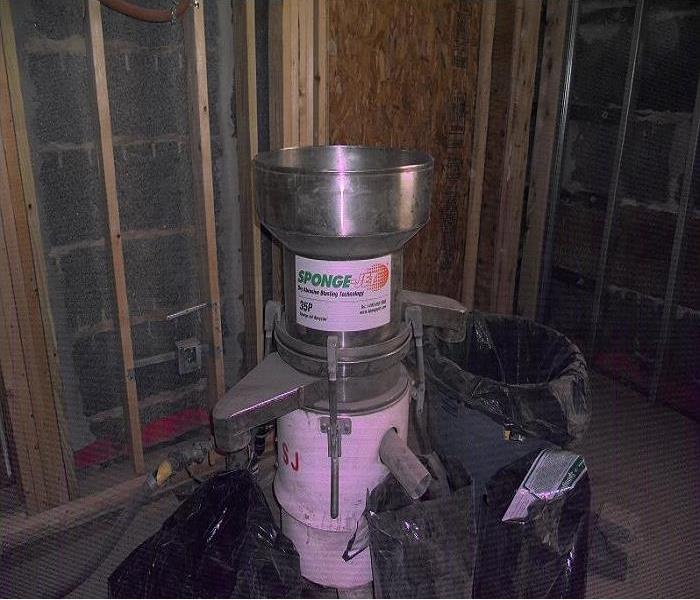
Quincy City Hall Fire - Sponge Blasting
How Does Sponge Blasting Work?
Pressurized Feed Units propel Sponge Media abrasives to the surface. A centralized control panel provides adjustment of blast pressure and media feed rate allowing for precise control.
Over 25 different types of media Sponge Media are available. Each with a different abrasive or cleaning agent bonded in the Sponge.
Sponge media flattens on impact, exposing abrasive, cleaning, abrading and profiling the surface.
Sponge cells expand, creating vacuum – pulling in debris
Media traps hazardous particles that would have become airborne and rebound with low energy; making cleanup and containment easy.
Recyclers clean and classify sponge media for reuse, separating media from oversized debris and fine waste. 95% of media is recycled.
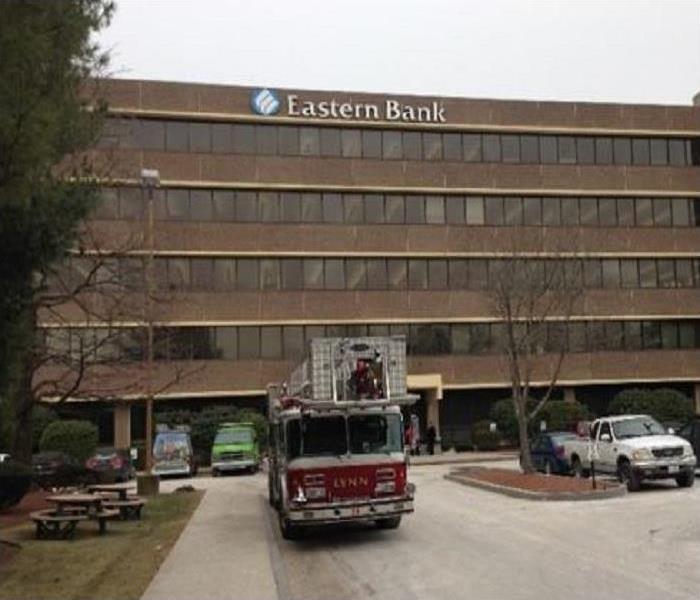
Eastern Bank Fire - Lynn, MA
Police and firefighters evacuated more than 500 people from Eastern Bank Headquarters in Lynn after a fire that caused heavy black smoke within the building.
SERVPRO of Lynn/Lynnfield was onsite within the hour to start the commercial fire restoration process.
Our SERVPRO Professionals have the training, experience, and equipment to manage your commercial fire damage emergency. We will respond quickly and manage the fire restoration project through to its completion—getting your property business-ready.
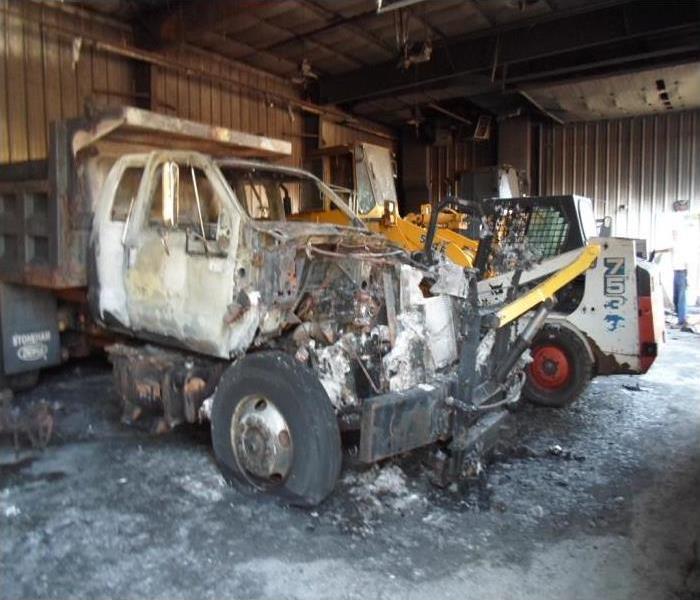
Fire in DPW Garage in Lynnfield
The Lynnfield Department of Public Works garage sustained significant damage to the structure and several pieces of town equipment. SERVPRO was onsite within minutes to assist the DPW with clean up.
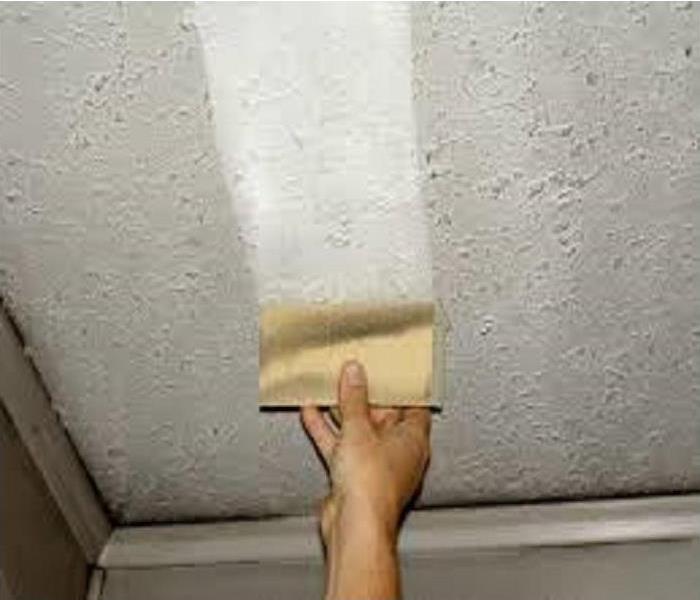
Fire Cleaning Chem Sponges
The Chem Sponge is used for removal of dry dirt, dust, hair and smoke/soot residues. On a lot of surfaces we try to avoid wet cleaning which often leads to smearing, smudging or staining and we can actually do more damage on certain surfaces than the fire did. These 2″ thick, porous dry cleaning chemical sponges are used primarily in smoke and soot removal in fire damage jobs. They work like large “erasers”, these rubber sponges drawing the dust, soot and smoke residue into the cells of the sponge material.
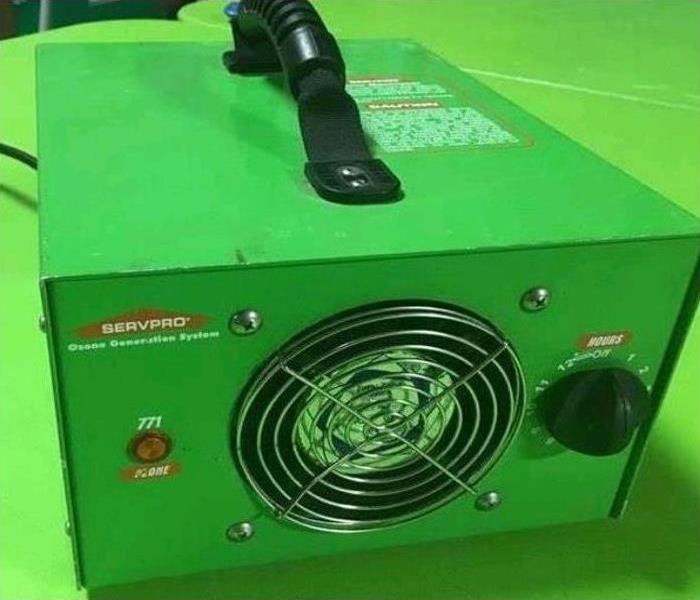
Ozone Generator
Ozone generators can have many applications in the restoration process. Used to combat heavy odors, ozone generation changes the chemical makeup of the oxygen, helping to remove odors from fire damages, biohazard contamination, animal odors, and more.
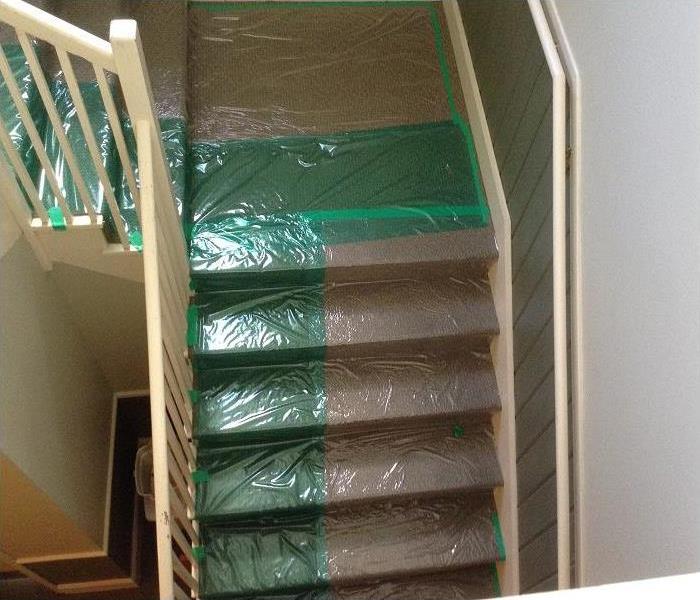
Covered Stairs to Avoid Tracking of Contaminates
During a fire or soot cleanup SERVPRO technicians cover stairs and areas that are not affected with plastic poly sheeting and stick pads to avoid tracking and cross contamination of soot particles.





 24/7 Emergency Service
24/7 Emergency Service